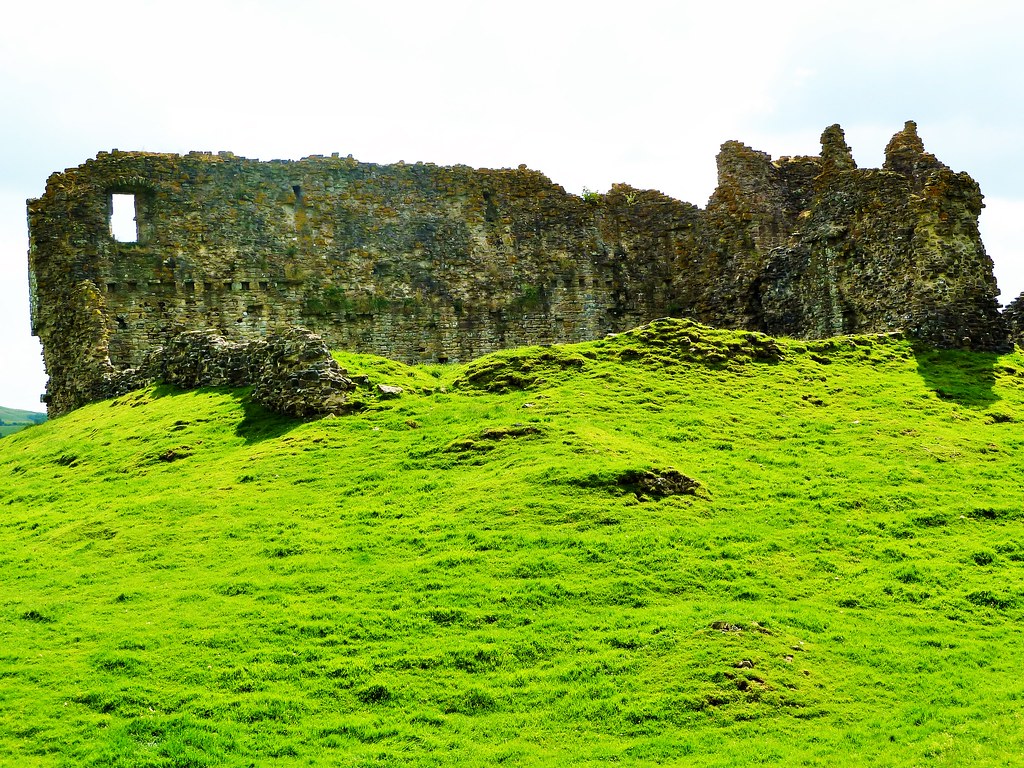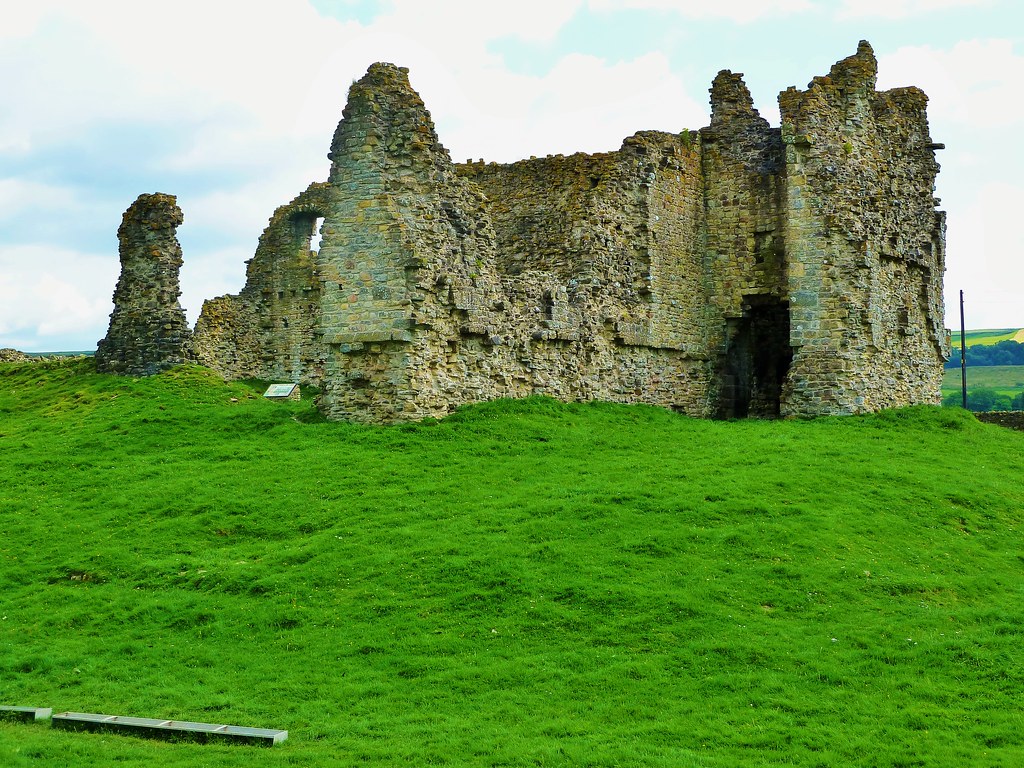Bewcastle, an historic site near Hadrian's Wall
Tonight, I am reporting on a fascinating small site in northern
England which manages to encapsulate significant elements of English
history spanning 1800 years. In chronological order:
- The first known structure on the site was ‘Fanum Cocidi’ an outlying fort connected to the Hadrian’s Wall defence system built by the Romans in the 2nd century AD. Distance is about 7 miles north of Birdoswald Fort on Hadrians Wall. The site was hexagonal and extended to six acres. It was abandoned in the 4th century.
- The site remained important after departure of the Romans. The name Bewcastle is actually derived from a mix of Old Scandinavian and Old English (reflecting immigration patterns) and means ‘Roman fort within which shelters were situated.’ The Roman site was effectively occupied by squatters.
- The Bewcastle Cross was erected in what is now the churchyard. See video clip below.The cross may have been created during the reign (AD 670-685) of Ecgrith, King of Northumbria, The obelisk was originally about 20 feet high. Unfortunately, the uppermost portion (head) is missing. Inscriptions are in German runic alphabet which apparently refer to 7th century Northumbrian royalty but the cross may actually date from the 8th century.The location of the monument would suggest Bewcastle was an important power centre and/or religious site during the Anglo-Saxon period.
- The first records of a church on the site date from the 1200s. However, it is possible that a place of worship existed here at a time contemporary with erection of the cross. The church was rebuilt in 1792 and altered in 1901.
- A Norman castle was built in 1092 using stone from the Roman fort. This was eventually destroyed during the English Civil War, in 1641. The remains can be seen in the two still images immediately below.





Comments
Post a Comment